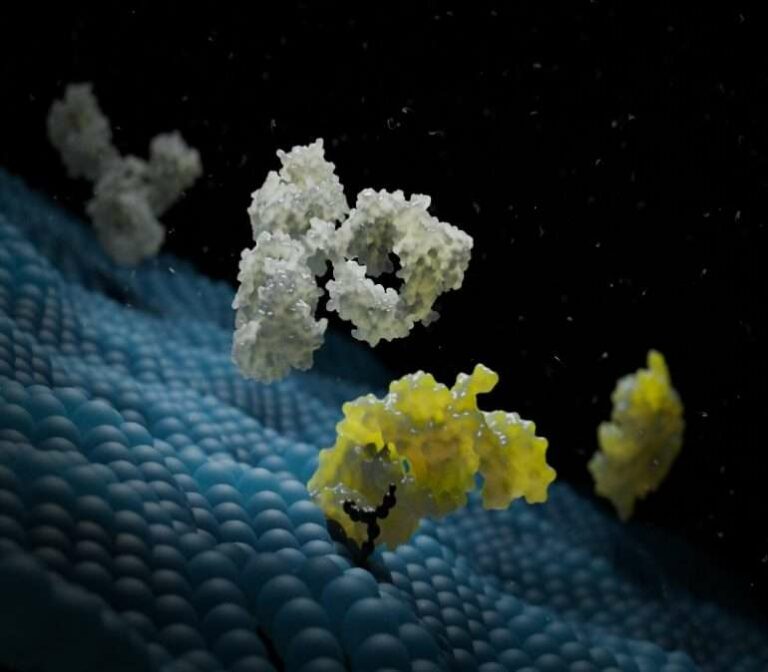Aptamer Molecules: Biological Versatility Unleashed

Aptamers are short sequences of DNA, RNA, or peptides that can bind highly specifically to biological targets, such as proteins, viruses, small molecules, or even entire cells. Due to their precision, aptamers are often compared to antibodies, but they offer advantages such as greater chemical stability, reduced production costs, and the possibility of in vitro synthesis.

